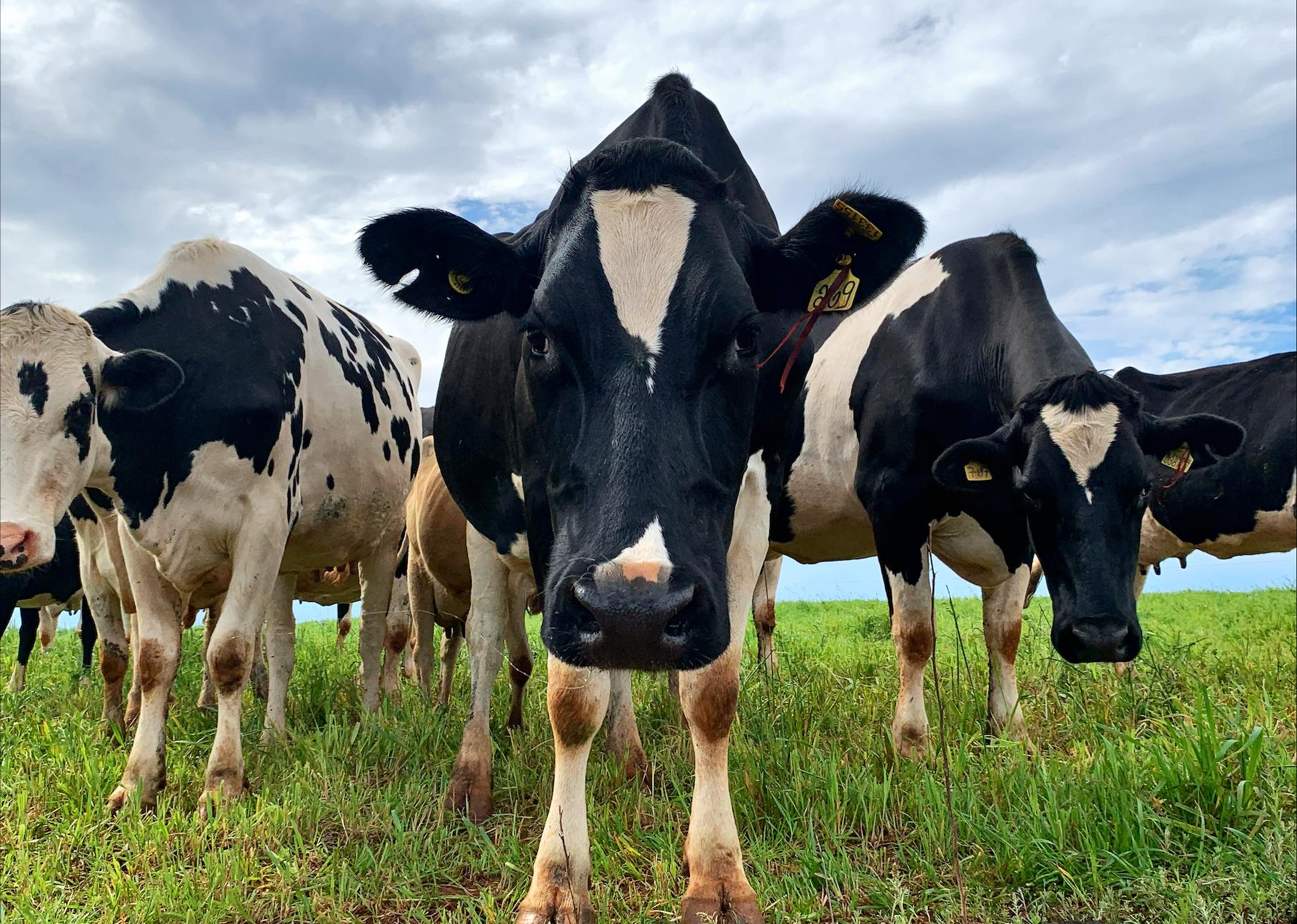Dairy demand, prices help offset high input costs
STARKVILLE, Miss. -- Despite encouraging milk prices, margins still project to be tight for Mississippi dairy farmers in 2024.
The latest World Agricultural Supply and Demand Estimates report from the U.S. Department of Agriculture forecasted this year’s average all-milk price at $21.60 per hundredweight nationally. Josh Maples, an agricultural economist with the Mississippi State University Extension Service, said this is an improvement from last year, but still below 2022 levels, when prices hovered around $25 per hundredweight.
“Demand for dairy products in the U.S. and globally is strong in 2024,” Maples said. “Dairy prices have been stronger in 2024 and are expected to get higher. Cheddar cheese, dry whey and butter prices are all expected to be stronger in 2024 than a year ago. Both imports and exports are expected to be higher than in 2023.”
Inputs, Maples noted, remain a key challenge for dairy producers, even in a positive market.
“The milk price is an important indicator of the overall dairy industry, but whether any particular farm will be profitable depends heavily on the cost of production, which has been a significant challenge in recent years,” he said. “Feed costs have come down slightly overall as corn prices have moderated, but many of the other costs such as equipment, insurance, labor and interest expenses on operating loans have continued to show increases.”
High costs are just one factor in driving the decline of milk production across the Southeast. According to The Dairy Alliance, an advocacy organization for the dairy industry in eight Southeastern states, there are 48 dairy farms in Mississippi. These farms have an average herd size of 150 milking cows, totaling 6,000 dairy cows in the state. In 2022, the state had 55 dairy farms with an average herd size of 145, for a total of about 8,000.

Tackling the many challenges facing those farms and producers is the mission of MSU Extension’s new dairy specialist, Jessica Halfen. Her postdoctoral research at the Virginia Polytechnic Institute and State University focused on dairy cow nutrition, health and the application of new technologies to understand dairy cow immune systems.
“The average milk production per cow per day in Mississippi has also decreased from 6.2 gallons in 2022 to 4.7 gallons in 2023, resulting in 8.9 million gallons of total milk produced,” said Halfen, who joined MSU Extension on June 1. “It is challenging to pinpoint all the reasons for the ongoing decrease in milk production and the number of dairy farms, but it is fair to say this trend might be associated with the high production costs and the challenges of maintaining milk production during extended hot summers, which places a burden on Mississippi dairies.”
Also an assistant research professor in the MSU Department of Animal and Dairy Sciences, Halfen said she plans to collaborate closely with the state’s dairy producers and establish a comprehensive research program to study the interaction between dietary additives, natural compounds and the immune system of dairy cows.
“This line of research aims to improve our understanding of the metabolic pathways and mechanisms of action of these compounds,” she said. “My objective is to help farmers improve animal health and milk production efficiency by identifying new natural compounds and exploring alternative feed sources to reduce feed costs and promote the overall well-being of dairy cows.”
HPAI threat remains low for consumers
Increased demand would buck the trend of drop-offs in consumption typically observed after reports of viruses or diseases at farms or production plants. The U.S. dairy industry remains on alert more than three months after the USDA first confirmed detections of Highly Pathogenic Avian Influenza, or HPAI, in dairy herds in Texas and Kansas.
As of June 26, 10 other states and a total of 126 dairy herds had reported outbreaks, according to the U.S. Centers for Disease Control and Prevention. Mississippi is not one of the states. H5N1, the strain of HPAI being detected, is highly contagious and can occur naturally in wild aquatic birds and spread to farms.
Both the USDA and the U.S. Food and Drug Administration have indicated the commercial milk supply remains safe because of the process of pasteurization and the destruction of milk from sick cows. The last of three human cases confirmed after exposure to dairy cows was reported in May.
“HPAI is certainly a concern and is garnering much attention,” Maples said. “However, there have been relatively minimal impacts on dairy production and prices so far. Milk production has not been drastically impacted yet, and dairy prices have generally increased. This will remain an issue to watch, though, as it continues to unfold.”







